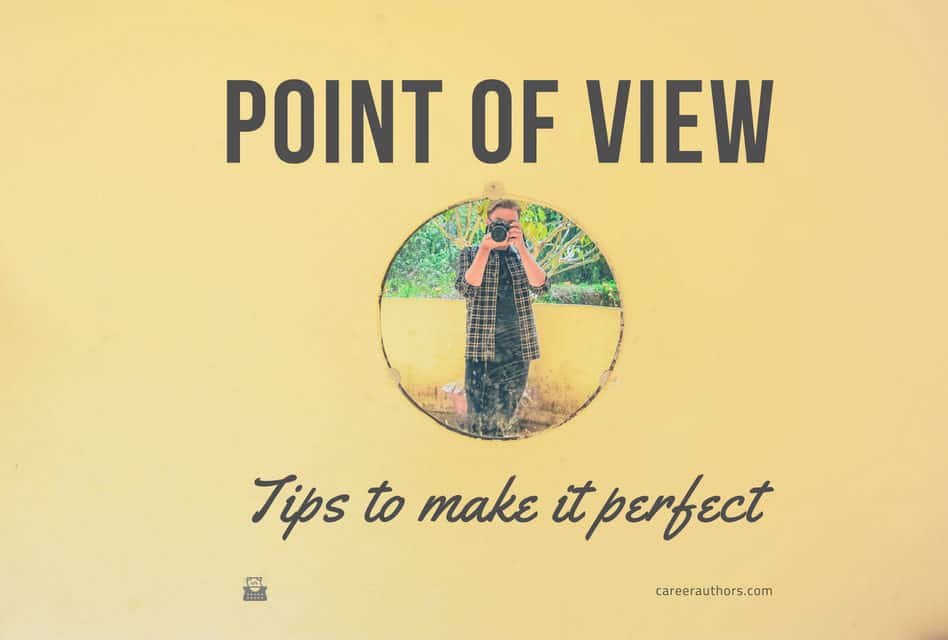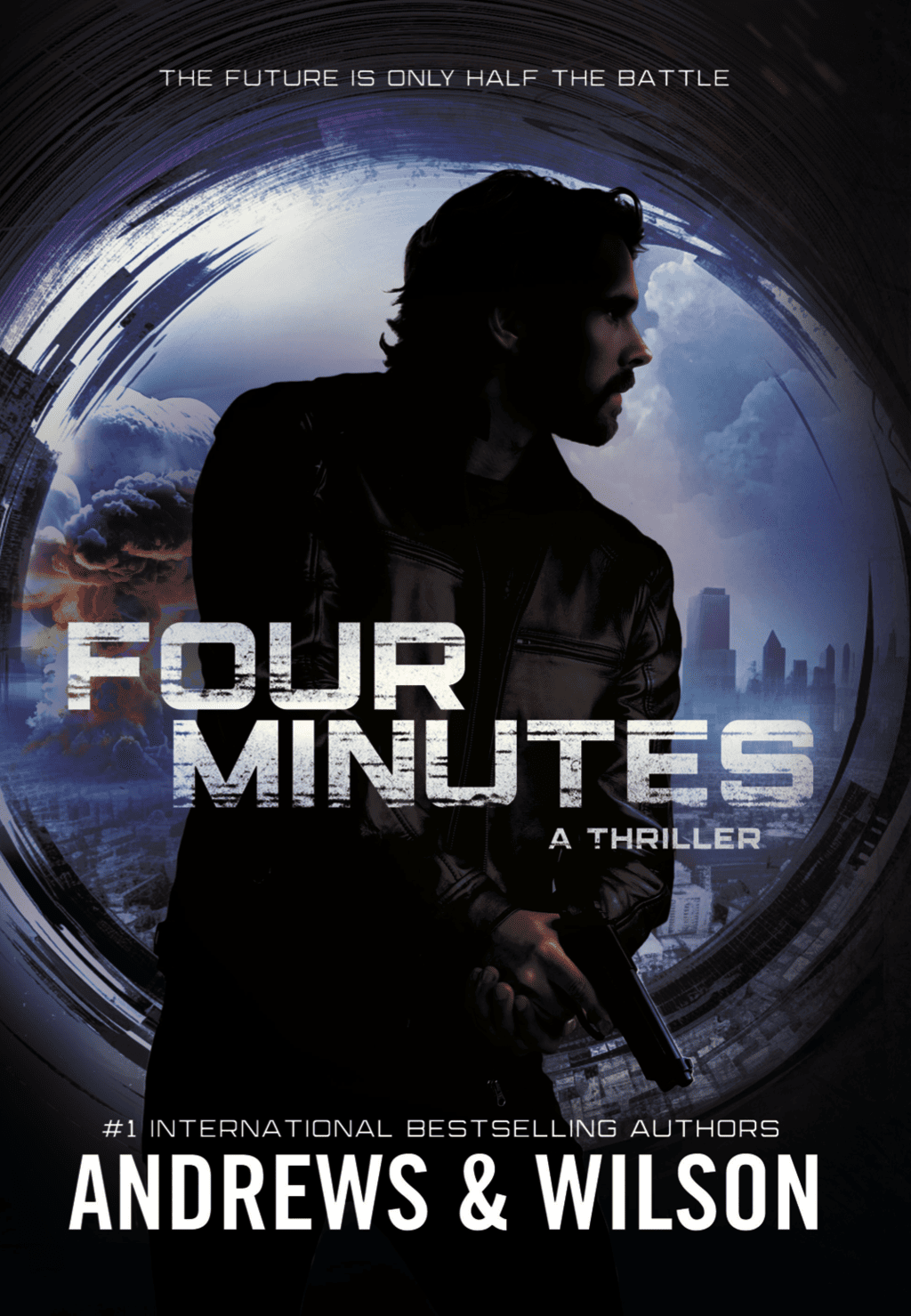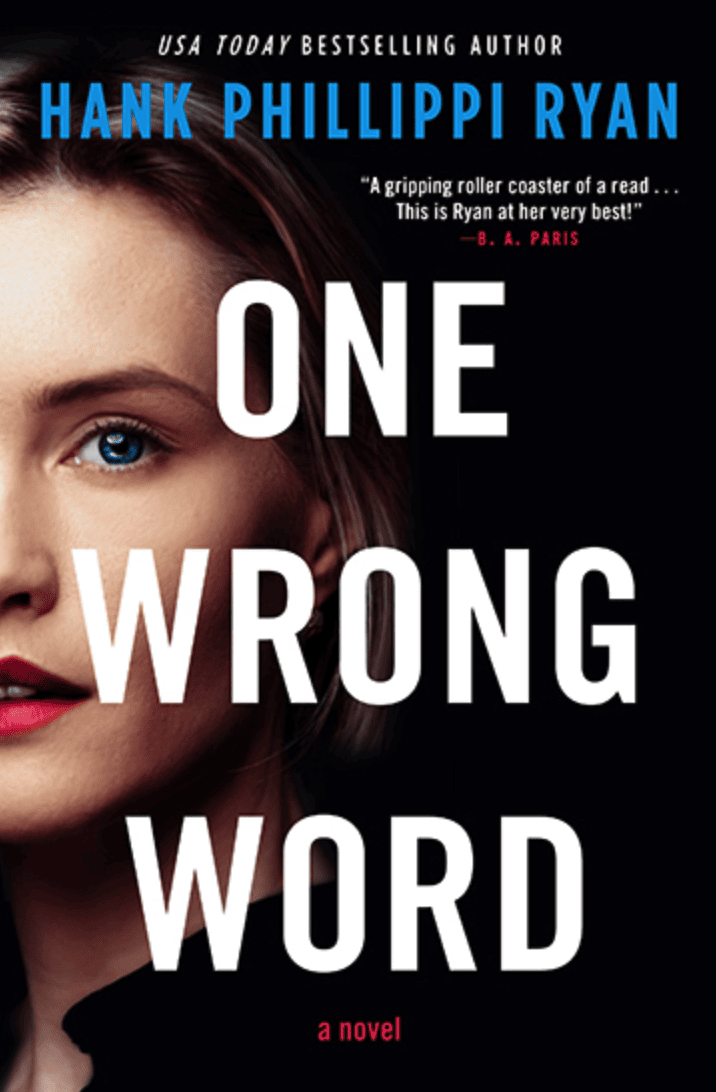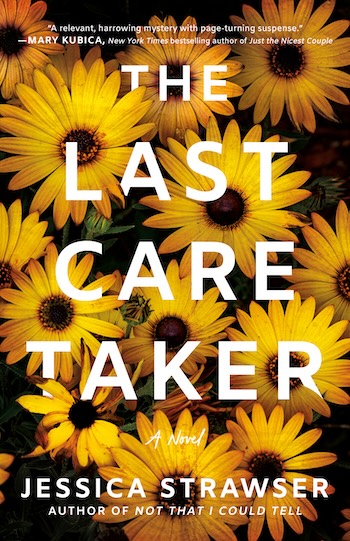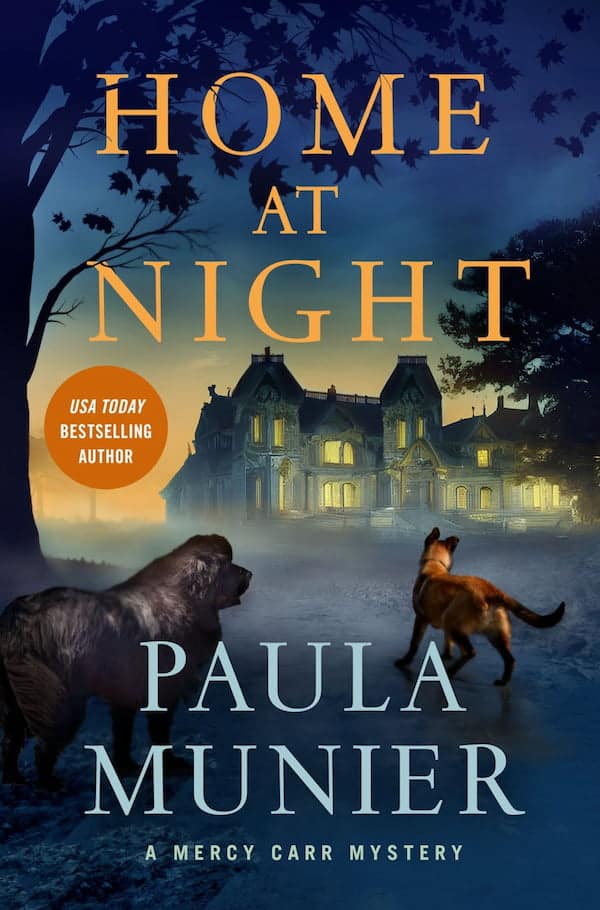Point of view is the most important decision you’ll make about your book.
No pressure. But before writing one word, before you even know where your plot will go, selecting point of view will dictate how your book is written.
Point of view sounds what like your fifth-grade teacher would talk about, right? And you might be thinking: Oh no. Like algebra, I don’t understand it.
But in truth? It’s easy.
How will I tell this story?
It’s clear, its logical, and it’s not difficult. It’s all about answering the question: How will I tell this story?
Once you decide—and you have to decide—the entire feel of your book is set, and you are on the way.
Grammar teachers will tell you the basic definition of point of view, and because you are a career author, you need to hear it. Here are some point of view examples.
First person is from the writer’s point of view, close and intimate.
First person point of view uses pronouns like “I” and “we.”
I met Lee Child at the bookstore and he told me a secret.
Second person is directed at the reader and uses the pronoun “you.”
You met Lee Child at the bookstore, and he told you a secret.
Third person is told from an outside narrator’s point of view.
It uses the words “he” and “she” and “they” and “it,” or the character’s name.
She met Lee Child at the bookstore and he told her a secret.
Or: Sandra met Lee Child at the bookstore and he told her a secret.
Through whose heart?
Did you just say, “I hate this”? I don’t blame you. Because that’s not the easiest way to think about it.
So let’s talk about point of view in a different way. What it is, and how it works, how to choose it, and, moreover, how you can tame it.
Here’s the definition of point of view:
Choosing point of view is deciding through whose eyes and brain and heart you are going to tell your story.
- To keep POV strong, effective and consistent you can be in only one person’s head at a time.
- You can see the scene through only one person’s eyes at a time.
- You have only one person’s perspective. Whether you are in first person (“I saw the body”) or third person (“She saw the body”), you can still be inside only one person’s head at a time.
- You must keep that one point of view through the entire scene. Otherwise, you are head-hopping, and (except for unique circumstances) that’s the instant sign of an amateur.
Being or describing?
In choosing the point of view for your book, think of it this way: are you being the main character? Or are you describing them?
If you are BEING the main character—you’d choose first person. “Last night, I dreamed I was at Manderley again.”
First person. Let’s talk more about that now.
First person point of view is intimate. It can offer inner thoughts, and decision-making, and memories, and foibles. It gives the reader the feeling they are having the experience—or hearing about it—firsthand, from a friend.
Imagine a camera
The writer is seeing the world through one person’s eyes, and understanding it through that one person’s brain and capabilities.
How do you do that? Easy. Imagine a camera on the head of your main character, and a tape recorder inside their brain.
In first person, all the main character can see is what they are looking at, and only where the camera is pointing. And they can know only what they hear or think.
For instance: A human character can’t see through a closed door. Unless they are looking out their window and through another window, they can’t see what’s going on inside the house next door, or in the grocery store down the street, or in the lair of the bad guy. If they are human, they can see only what that camera on their head can capture.
For instance, if I wrote: “I see someone coming up on the sidewalk behind me.”
That can’t be, right? Unless I turn around, or have a mirror, or see a reflection. Or unless I write: “I heard footsteps behind me.”
Otherwise, that’s a point of view slip. You’ve written something that breaks the rule you have set for yourself. It breaks the boundaries of reality. It breaks the scope of the first person narrator.
Be the character
If you are writing first person, one way to keep it on track is to mentally be that character. As you are writing, imagine that you are seeing the world through their eyes, and, just as important, understanding it through their brain.
In first person point of view, the reader can know only what the character knows. Keep it in mind every moment: you can see only what the person can see, and know only what they know.
Even though it sounds so simple, it is ridiculously easy to slip. For instance, say the main character is Jim. We are in Jim’s point of view. And we read:
I opened my closet door, looking for my jacket. In the other room, Sally was picking up the phone to call her father.
Wait, right? Jim, who’s looking into the closet, cannot know what Sally in the other room is doing.
He can wonder if Sally is picking up the phone. If Sally has the phone on speaker, maybe Jim could hear that. If she yells out—”Hey, Jim, I’m calling Dad!”—that’s also fine.
Otherwise, Jim can only speculate about what Sally is doing. Because we are in his head—and he can’t know.
What your character cannot know
In first person, everything the reader knows is told through the main character.
If something happens in another room or another city or another state, or another country or another planet, the protagonist has to hear about it some way, or be told about it some way, or discover it some way. Phone calls, notes, newspaper, research, interviews. And the reader understands it only through the character’s brain.
If there’s a message in French, and your character doesn’t understand French, the reader cannot understand it either.
If a friend tells the character “I love you,” your character can only speculate about what is actually going through that friend’s mind. And your character could be wrong.
That’s why private detective novels and coming-of-age stories are often written in first person—they rely on lots of going from place to place and talking to people. Because that’s how the character uncovers their story. And we are on the train with that person, uncovering it with them.
Here’s the critical restriction of first person: If something happens in a location where the main character is not, or if it’s in someone else’s mind, the character cannot know about it unless they are told, or unless they find out about it some way. And that means the reader cannot know it either!
Two more warnings
- Since you are in the mind of the main character, you can’t keep any secrets. Because the reader is in the character’s head and knows every thought the character has while on the page.
So. If the main character is the bank robber, she can’t hide that from the reader. And even though the bank robber would never think specifically to herself— “I’m a bank robber, that’s what I do,” you cannot as an author withhold something important about your first-person narrator.
Now—if you read the Murder of Roger Ackroyd, or Gone Girl, you know a narrator can be unreliable. And that’s fine, as long as the reader—eventually—knows it. But it’s a very difficult juggle to keep a secret from the reader and still make it feel fair.
- In a first-person novel, the one thing you inevitably give away is the ultimate suspense—because the main character has survived to tell the tale. The reader knows, no matter how much danger she is in, Kinsey Millhone does not die.
And that is why so many fast-paced mystery and thriller authors choose third person. Because in third person, the author is essentially describing what happened to someone. By using different points of view, you can take the reader into different heads in different locations.
But third person point of view will be the next entry in our point of series. Are you having trouble with first person point of view? What questions do you have? Let’s talk about it on the Career Authors Facebook page.

